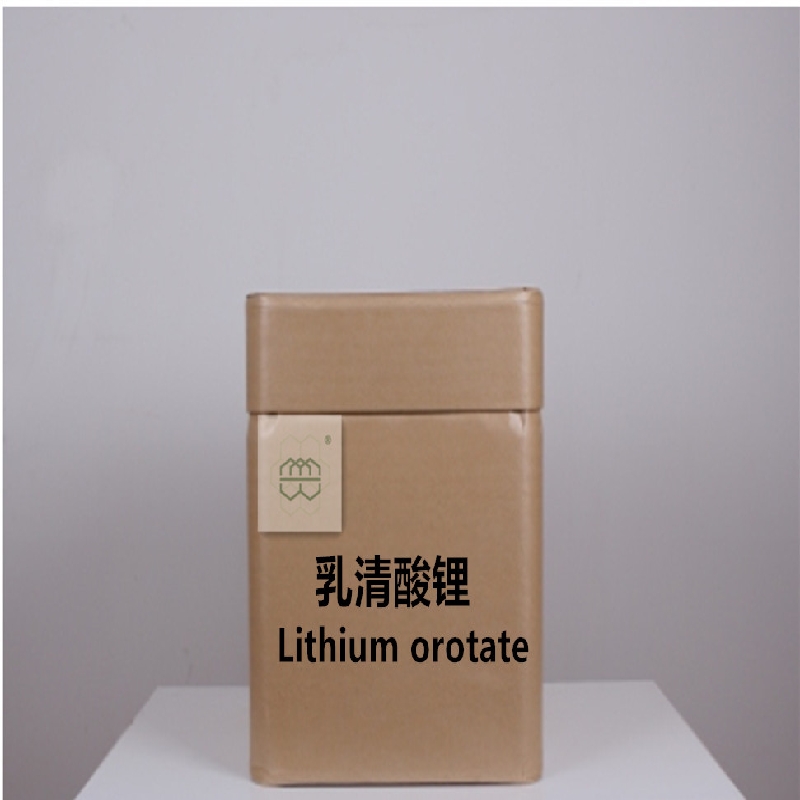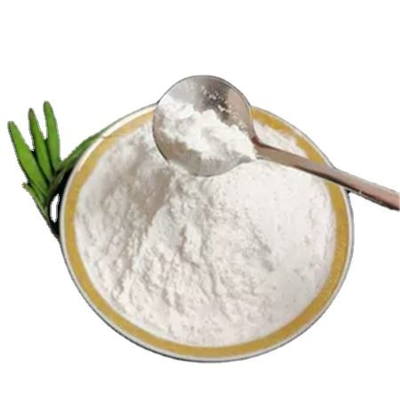-
Categories
-
Pharmaceutical Intermediates
-
Active Pharmaceutical Ingredients
-
Food Additives
- Industrial Coatings
- Agrochemicals
- Dyes and Pigments
- Surfactant
- Flavors and Fragrances
- Chemical Reagents
- Catalyst and Auxiliary
- Natural Products
- Inorganic Chemistry
-
Organic Chemistry
-
Biochemical Engineering
- Analytical Chemistry
-
Cosmetic Ingredient
- Water Treatment Chemical
-
Pharmaceutical Intermediates
Promotion
ECHEMI Mall
Wholesale
Weekly Price
Exhibition
News
-
Trade Service
Original title: Professor Sun Dawen of South China University of Technology published a review in the top international food journal (TOP1), systematically expounding the latest research progress in the application of flexible surface enhancement Ramanji in food non-destructive testing
Member of the European Academy of Sciences (European Academy of Humanities and Natural Sciences), Fellow of the Royal Irish Academy of Sciences, Foreign Fellow of the Polish Academy of Sciences (Polska Akademia Nauk), Fellow of the International Academy of Food Sciences (IAFoST), Fellow of the International Academy of Agricultural and Biological Systems Engineering (iAABE), Fellow of the International Academy of Refrigeration Sciences. The main research direction of food quality and safety rapid detection, food frozen cold chain and food new physical processing. For the fifth consecutive year from 2015 to 2019, it was awarded the title of "Highly Cited Scientist" (SCI H Index - 102, SCOPUS H Index - 106, Google Scholar H Index - 120) for the fifth consecutive year. Won the first prize of the 2014 Guangdong Science and Technology Award, the second prize of the 2016 Ministry of Education Science and Technology Progress Award, the first prize of the 2018 China Light Industry Federation Science and Technology Progress Award, and the first prize of the 2018 Guangdong Science and Technology Progress Award.
Advances in flexible surface-enhanced Raman scattering (SERS) substrates for nondestructive food detection: Fundamentals and recent applications
Daorui Zhang, Hongbin Pu, Lunjie Huang, Da-Wen Sun
Background
Food safety has attracted considerable attention in recent years. As a rapid, fingerprint-type recognition and nondestructive detection technique, surface-enhanced Raman scattering (SERS) has been among the promising techniques to meet the increasing needs for food safety analysis. Currently, emerging flexible SERS substrates as an alternative for colloidal and rigid SERS substrates have received great interest. Flexible SERS substrates possess the advantages of easy sampling by wrapping or swabbing on nonplanar surfaces, which facilitate the detection of contaminants from food surfaces and shed new lights on the nondestructive and sensitive detection of food analytes.
Scope and approach
In this review, the characteristics of different flexible materials such as cellulose, polymer film, cotton fabric, adhesive tape and bio-materials for constructing flexible SERS substrates are introduced, detection strategies including infiltration scheme, swab-sampling and in-situ detection are discussed, and recent applications of flexible SERS substrates in detecting trace pesticides in fruits and vegetables, chemical residues in animal farming including fungicides and antibiotics, illegal food additives and food-borne pathogens are highlighted.
Key findings and conclusions
Flexible SERS substrates have been increasingly studied for detecting food contaminants. In preparing SERS substrates, different properties of the materials should be considered. For the detection strategies, compared with conventional infiltration scheme, swab-sampling is unique for flexible substrates and can collect target molecules directly from the surface, while in-situ detection is the most convenient, facile and nondestructive. Encouraging application results available show that flexible SERS substrates possess enormous potentials for food safety analysis and surveillance.
the article "Advances in flexible surface-enhanced Raman scattering (SERS) substrates for nondestructive food detection: Fundamentals and recent applications" will be published in March 2021 in Trends in Food Science and Technology.







